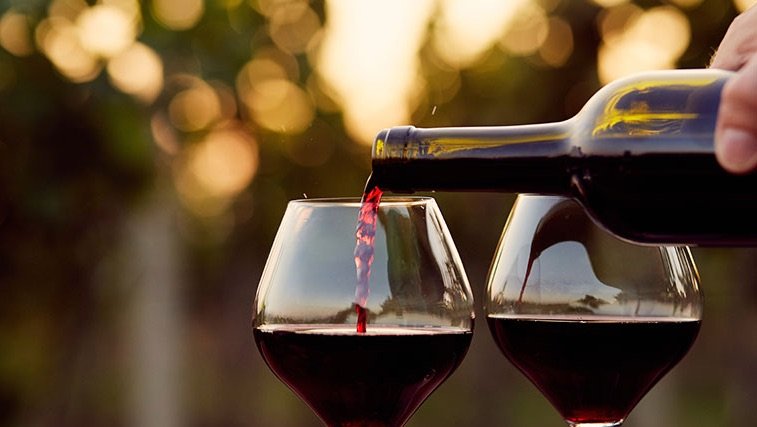Every once in a while, you’ll see an eBay wine listing with a 99-point or even a 100-point rating by the major wine reviewing resources, Robert Parker and Wine Spectator. This 1997 Fisher Cabernet Sauvignon is a good example. We checked in with Frank Hartland of Cult Wines International to figure out the fundamentals of uber-epic wine scores.
At a very basic level, wines that score 99-100 need to be the best example of the particular varietal. “For a 100 score, the wine has to score perfectly on every mark,” said Hartland. Before we get into what those marks are, let’s figure out how the point scales are structured.
Understanding Point Scales
Robert Parker and Wine Spectator use a 100 point scale to grade wines. It’s helpful to note, however that the first 50 points of that scale are awarded for a wine that’s been actually made, and that’s all it takes. Make a wine and you get the first 50 points. So, what we’re really talking about is the next 50 points toward 100. You could call it a 50-point rating scale.
There’s also a 20-point rating scale used, for example, by enologists at the University of California at Davis and British wine critic Jancis Robinson. This scale uses half points, so it’s really a total possible rating of 40 points.
On the 100-point scale, the guidance follows this general breakdown: 50-59 unacceptable; 60-69 average; 70-79 average; 80-89 above average; 90-95 outstanding; 96-100 extraordinary.
Hitting All High Marks: Look, Smell and Taste and Finish
All kinds of factors, subjective and objective, are considered for scoring wines. The factors change from wine style to wine style, too.
Generally speaking, wines are graded on color, bouquet or aroma, taste and finish. “A ruby red purple is typical of good Cabernet Sauvignon,” said Hartland. “The reviewer can tell how long the juice was in contact with seeds and skins by looking at color. Cheaper Cabernets are not quite as purple and inky as the more well made ones.”
Different fruits, flowers, oak, minerals, vegetation and so forth are indicated by smell. “If they’re reviewing a Cabernet Sauvignon, they’re looking at different characteristics than would appear in a Champagne,” said Hartland. “A Pinot Noir that’s being reviewed by Robert Parker, for example, has to have a lot of the fruit and complex aromas they expect.” (Find more on the difference between the reviewing outfits below.)
“High scoring wines also have a long finish, which means the taste lingers for a minute or more on the palate,” said Hartland. “A $7 bottle of wine will typically have a finish that dissipates after five seconds or so.”
If any of these factors are negative, points are knocked off of the wine score.
It should also be noted that the reviewers are aware of their subjective circumstances. Hartland said Robert Parker is famous for his observation that the difference between a 99-point wine and a 96 is sometimes a matter of the emotions of the taster in that moment.
“This subjectivity is important,” explained Hartland. “Even things like a nice, dense cork and heavy bottle glass have an impact on the taster. Critics will think about a wine differently based on its initial presentation.”
The Differences Between the Ratings
The differences between wine critics are also important. Robert Parker and Wine Spectator have different general preferences, and you can see it in their disparate ratings. “Robert Parker likes certain types of wine like high-alcohol ‘fruit bombs,’” said Hartland. “Ripe, mature fruit that’s very high in sugar makes for a 15 percent or higher alcohol content and very ripe fruit flavors. Wine Spectator doesn’t necessarily go for the same profile.” Interestingly, wine makers try to emulate this kind of fruit bomb profile in order to get better reviews from Parker. The phenomenon is often referred to the “Parkerization of wine.”
The key, really, in evaluating high-scoring wines that you can find on eBay, is to go for what you like. Take a look at some of your choices here. Hartland encourages people to pay more attention to the tasting notes in a given high score, as opposed to blindly following the score itself. If you find the kinds of attributes you like in the tasting notes, you’ll enjoy the wine more.
You can find even more tips on finding excellent wines on eBay here.

